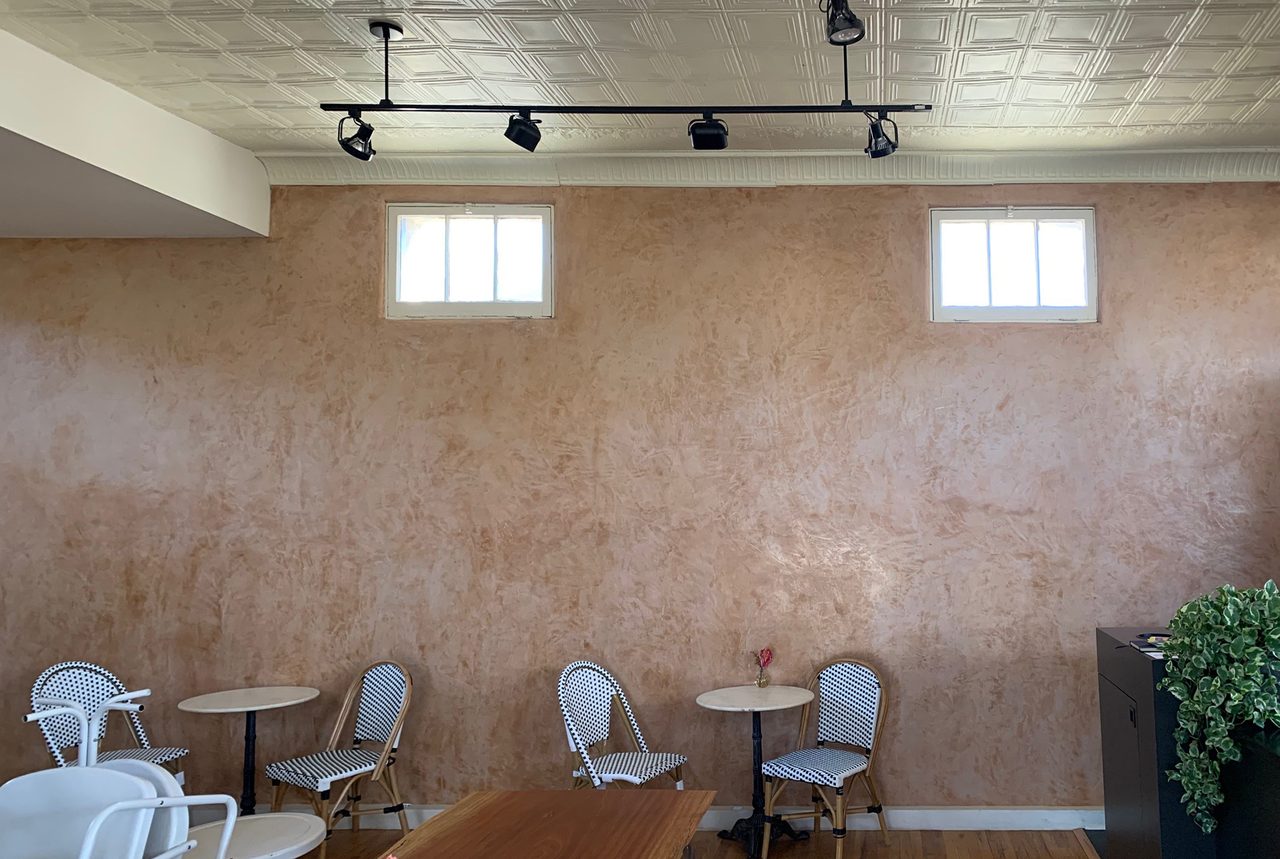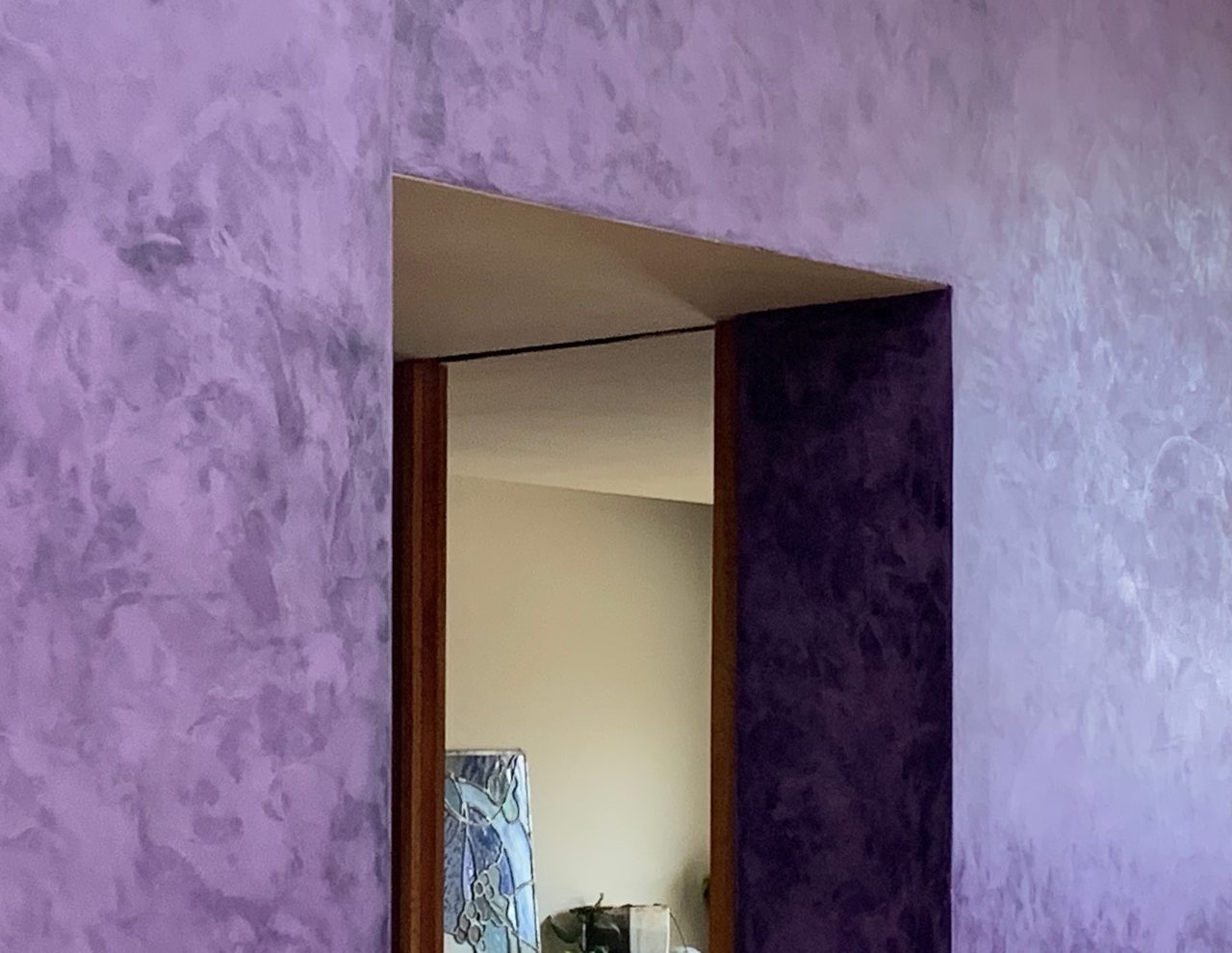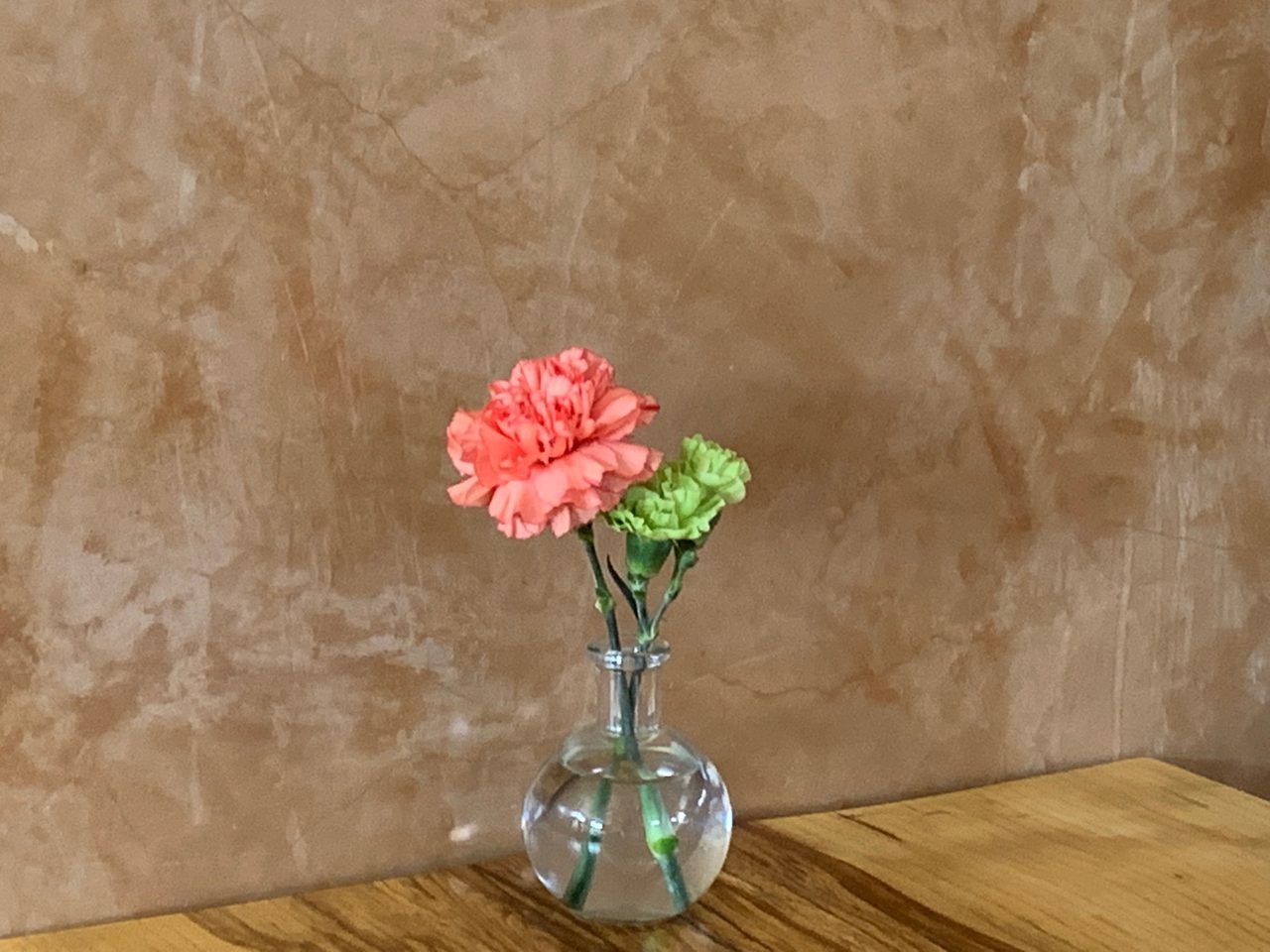Not To Faux
To Faux or
There are certain things to consider when deciding whether or not to choose faux painting over traditional plaster.
By Danny Carrillo
Faux has been around for thousands of years. In classical times, painters would apprentice for many years to become experts in making painted surfaces replicate actual materials such as wood or stone. In modern times, faux painting is generally used to create depth, texture, and variances in color on walls and ceilings. Techniques have also been developed to create wood grain appearances. Although the majority of faux applications are created with paints, trowel applied plasters are available to give the look faux is attempting to replicate.
Faux painting is generally a less expensive method of creating the appearance of texture on walls. Prices vary from $2.50 to $5.00 per square foot. Plasters, being the more expensive application, are installed from $5.00 to $25.00 per square foot.
Faux Painting
Various techniques are afforded to obtain color variances on a faux painted wall. Sponging, rag rolling, and color washing are a few techniques. When the application techniques are combined with multiple colors, the finish creates texture and nuance.
One characteristic of faux painting over standard drywall is that it’s not very abuse resistant. The walls will dent and scratch easily, just as any normally painted drywall will. However, one method to add abuse resistance to the wall is to spray a Level V acrylic coating prior to creating the faux finish. The spray-applied acrylic will add approximately 60 cents per square foot. Although the strength of the paint isn’t necessarily enhanced, the underlying surface is significantly more robust.
Another method of creating abuse resistance is to trowel apply a gypsum based parge coat such as an “Imperial Plaster.” This application will add approximately $1.50/square foot to the faux painting process.



Venetian Plaster
Venetian plasters create a wide variety of looks, from highly polished to suede-like textures. You can achieve a marble or granite look with Venetian plaster. These finishes are typically hand-trowel applied. Variances in color, texture and depth are created by varying colors on subsequent coats.
The ingredients in these mixes are either lime or acrylic based. The acrylic-based varieties are more abuse resistant than the lime based. Again, one can increase the abuse resistance by spraying a Level V acrylic coating prior to troweling the finish coats.
Traditional Plasters
Traditional plasters are historically made from earthen materials. Clay, gypsum, and lime plaster are some of the oldest building materials. Time-tested gypsum plasters have been “modernized” by adding vibrant tints to create Venetian type nuances. Most traditional plasters are limited to restoration work or Santa Fe style residences. A hard troweled gypsum finish is highly polished. Gypsum and lime plasters are very durable due to their sheer strength and thickness (1/2 to 1 inch). Natural plasters are an excellent economical choice given their robust longevity. Systems are applied for $8.00 to $12.00/square foot.
Faux Wood Finishes
A recent trend in modern building is to apply several exterior building finishes to the same structure. Metal, brick, stucco, and wood may be installed on the same building envelope. Yet, wood becomes a liability due to the constant required maintenance. Manufacturers of acrylic finishes have perfected means and methods to create natural looking faux wood as finishes over stucco or EIFS bases. These methods do not add much to the cost over conventional acrylic finishes.
The Remaining Question
So, the question remains: to faux or not to faux? As one can see there is a plethora of finishes available to choose from. While faux painting is an economical means to obtain a surface that has character, traditional plastering will provide a more robust system. Depending on what your project needs, either would be an optimal choice.
Images courtesy of Variance/ArmourTone.
Danny Carrillo is the global equipment specialist for PDQuipment. He is also in a partnership with ArmourTone Finishes. He brings 35 years of application experience to the material and equipment industries.
